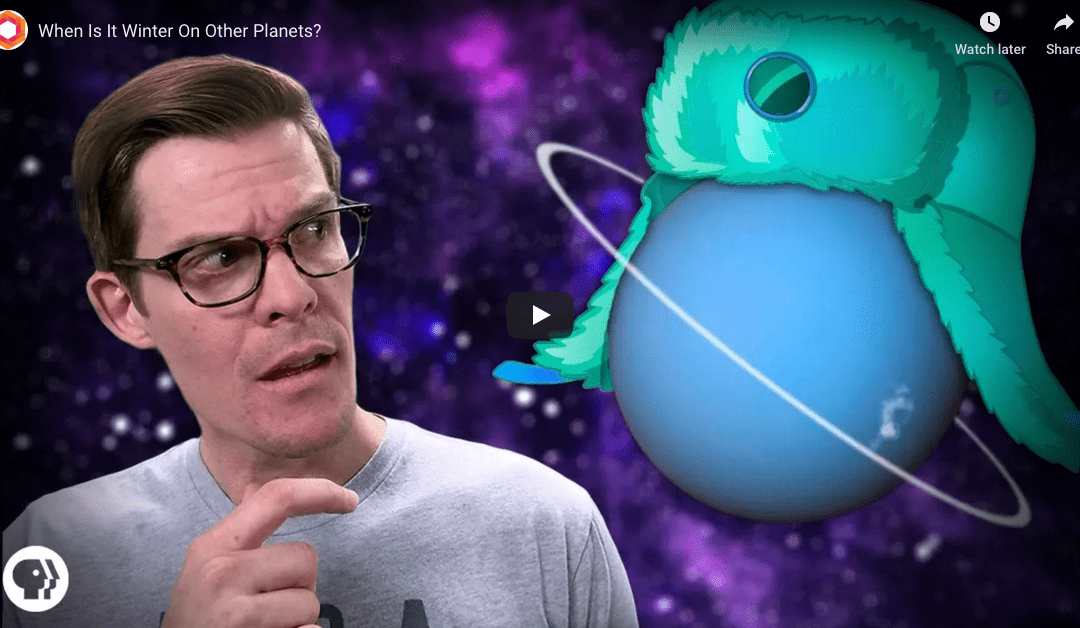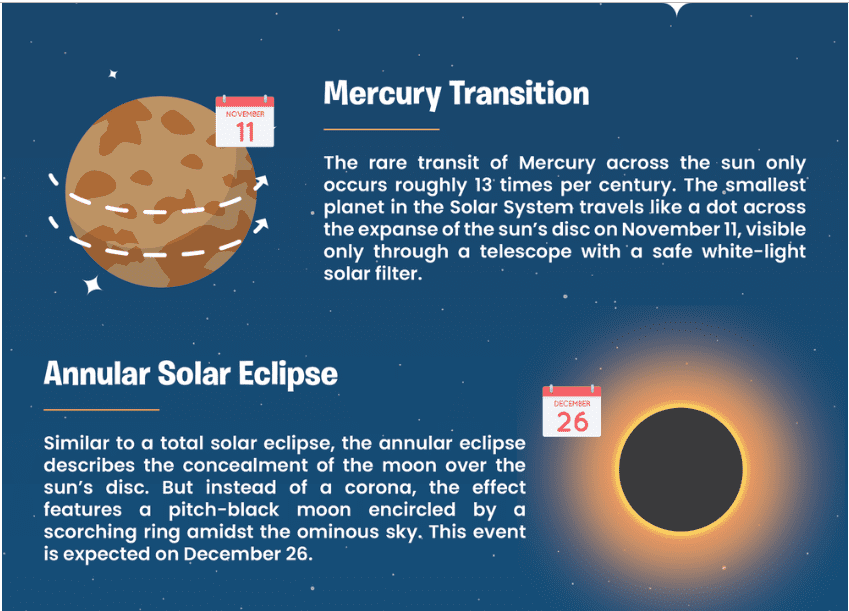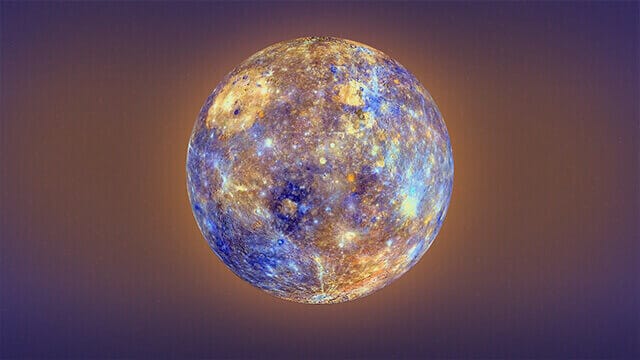
Fun Facts, Infographics, Learn
10 Facts About Mercury
Did you know that a year on Mercury is only 88 days long?
Learn 10 fun facts about Mercury in this Astronomy Is Awesome.
Curious to learn more about space?
Check out Planets For Kids.
It’s a great fun educational website dedicated to helping kids learn about outer space!
Looking for some more fun facts? Check out our Learn Category.
It’s packed full of interesting infographics and educational videos.
We suggest this cool video, How Astronauts Sleep In Space.
Or to learn more about space check out 10 Facts About Our Sun.
Enchanted Little World is a daily blog highlighting good news, funny videos, happy people and inspiring stories from around the world. Give each day a “high-five of happiness” with Enchanted Little World.
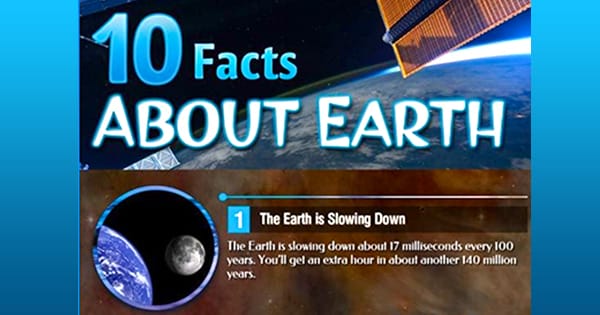
Fun Facts, Infographics, Learn
10 Amazing Facts About Earth
Learn some incredible facts about our Earth in this visual chart.
This awesome chart was created by Astronomy Is Awesome.
Visit them to find all kinds of cool, educational astronomy content!
“The Earth Is What We All Have In Common.” Wendell Berry
Looking for some more “out of this world” fun?
Check out our Learn Category!
It’s filled with interesting infographics like 10 Fun Facts About The Sun.
Or learn about the moon with Lunar Moon Phases.
Enchanted Little World is a daily blog highlighting good news, funny videos, happy people and inspiring stories from around the world. Give each day a “high-five of happiness” with Enchanted Little World.
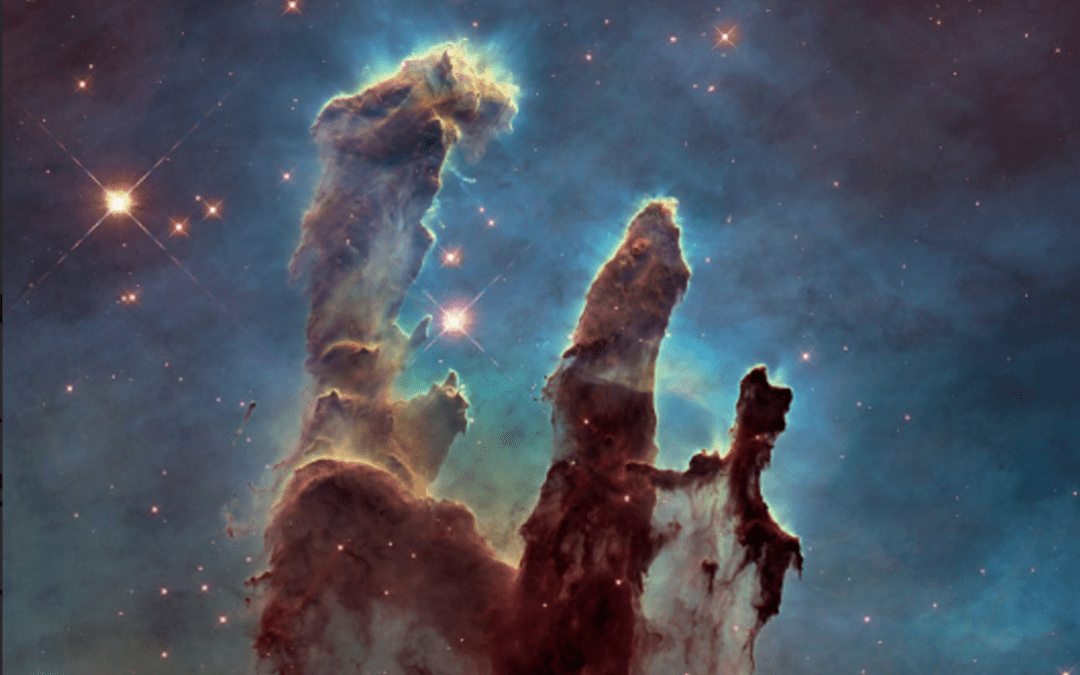
Fun Facts
Five Magical Nebulas
What exactly is a Nebula? Nasa explains them like this:
“A nebula is a giant cloud of dust and gas in space. Some nebulae (more than one nebula) come from the gas and dust thrown out by the explosion of a dying star, such as a supernova.” NASA
Most nebulae are of vast size, some are hundreds of light years in diameter. A nebula that is barely visible to the human eye from Earth would appear larger, but no brighter, from close by.
Scroll down to see some of the spectacular Nebula’s and their fast stats kudos of Astronomy Is Awesome below.
“We strive to create amazing and unique content about all things related to Space and Astronomy.” Astronomy Is Awesome
1.) THE EAGLE NEBULA
-
The Eagle Nebula is Distance from Earth: ~7,000 Light Years, 41,150,377,612,285,254 Miles
-
Location: Serpens Constellation
-
Diameter: ~110 Light Years, 646,648,791,050,196 Miles

2.) THE CRAB NEBULA
-
Distance from Earth: 6,523 Light Years, 38,346,273,309,276,673 Miles
-
Location: Taurus Constellation
-
Diameter: ~11 Light Years, 64,664,879,105,019 Miles

3.) THE HOURGLASS NEBULA
-
Distance from Earth: 8,154 Light Years, 47,934,311,292,939,137 Miles
-
Location: Musca Constellation
-
Diameter: ~1 light year, 5,878,625,373,183 Miles

4.) THE BUTTERFLY NEBULA
-
Distance from Earth: ~4,000 Light Years, 23,514,501,492,734,430 Miles
-
Location: Scorpius Constellation
-
Diameter: ~3 Light Years, 17,635,876,119,550 Miles

5.) THE CATS EYE NEBULA
-
Distance from Earth: 3,262 Light Years, 19,176,075,967,324,928 Miles
-
Location: Draco Constellation
-
Diameter: ~4.5 Light Years, 26,453,814,179,326 Miles

If you enjoyed this article, you may like this infographic featuring 10 Facts About Mercury or this video where astronauts answer questions from the internet.







